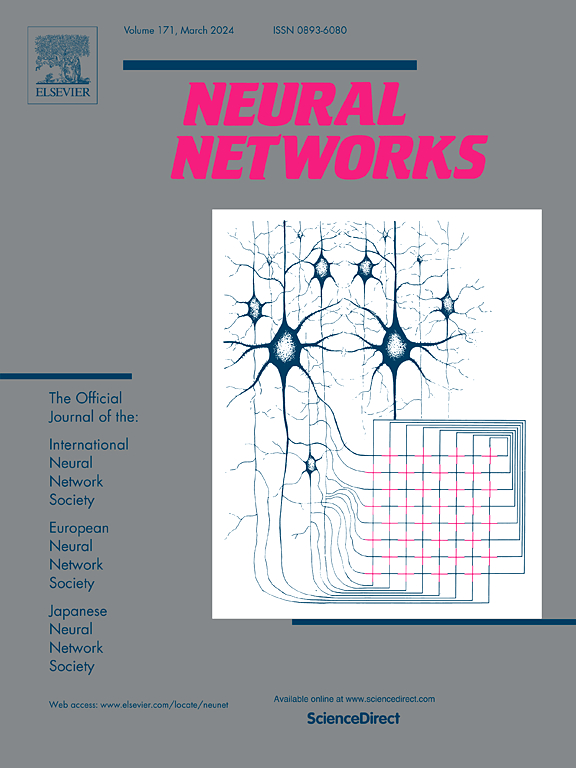用于工业物联网时间序列的轻量级All-MLP时频异常检测
IF 6
1区 计算机科学
Q1 COMPUTER SCIENCE, ARTIFICIAL INTELLIGENCE
引用次数: 0
摘要
工业物联网(IIoT)中的异常检测旨在识别异常传感器信号,保障工业生产安全。然而,现有的大多数模型都是通过构建体积庞大、结构深层、参数巨大的神经网络来实现高精度的。在这种情况下,这些模型通常表现出较差的时效性和较高的资源消耗,这使得这些模型不适合资源有限的边缘工业场景。为了解决这一问题,提出了一种轻量级的针对IIoT时间序列的All-MLP时频异常检测模型LTFAD。首先,与传统的深层和笨重的解决方案不同,浅层和轻量级的All-MLP架构旨在实现高时效性和低资源消耗。其次,基于轻量级架构,构建双分支网络,同时学习“全局到局部”和“局部到全局”重构,提高模型精度;最后,在每个重构分支中采用时频联合学习,进一步提高准确率。据我们所知,这是第一个仅基于浅层All-MLP架构开发时频异常检测模型的工作。大量的实验表明,LTFAD可以快速准确地识别资源有限的边缘设备上的异常,例如Raspberry Pi 4b和Jetson Xavier NX。LTFAD的源代码可从https://github.com/infogroup502/LTFAD获得。本文章由计算机程序翻译,如有差异,请以英文原文为准。
A lightweight All-MLP time–frequency anomaly detection for IIoT time series
Anomaly detection in the Industrial Internet of Things (IIoT) aims at identifying abnormal sensor signals to ensure industrial production safety. However, most existing models only focus on high accuracy by building a bulky neural network with deep structures and huge parameters. In this case, these models usually exhibit poor timeliness and high resource consumption, which makes these models unsuitable for resource-limited edge industrial scenarios. To solve this problem, a lightweight All-MLP time–frequency anomaly detection model is proposed for IIoT time series, namely LTFAD. Firstly, unlike traditional deep and bulky solutions, a shallow and lightweight All-MLP architecture is designed to achieve high timeliness and low resource consumption. Secondly, based on the lightweight architecture, a dual-branch network is constructed to improve model accuracy by simultaneously learning “global to local” and “local to global” reconstruction. Finally, time–frequency joint learning is employed in each reconstruction branch to further enhance accuracy. To the best of our knowledge, this is the first work to develop a time–frequency anomaly detection model based only on the shallow All-MLP architecture. Extensive experiments demonstrate that LTFAD can quickly and accurately identify anomalies on resource-limited edge devices, such as the Raspberry Pi 4b and Jetson Xavier NX. The source code for LTFAD is available at https://github.com/infogroup502/LTFAD.
求助全文
通过发布文献求助,成功后即可免费获取论文全文。
去求助
来源期刊

Neural Networks
工程技术-计算机:人工智能
CiteScore
13.90
自引率
7.70%
发文量
425
审稿时长
67 days
期刊介绍:
Neural Networks is a platform that aims to foster an international community of scholars and practitioners interested in neural networks, deep learning, and other approaches to artificial intelligence and machine learning. Our journal invites submissions covering various aspects of neural networks research, from computational neuroscience and cognitive modeling to mathematical analyses and engineering applications. By providing a forum for interdisciplinary discussions between biology and technology, we aim to encourage the development of biologically-inspired artificial intelligence.
 求助内容:
求助内容: 应助结果提醒方式:
应助结果提醒方式:


